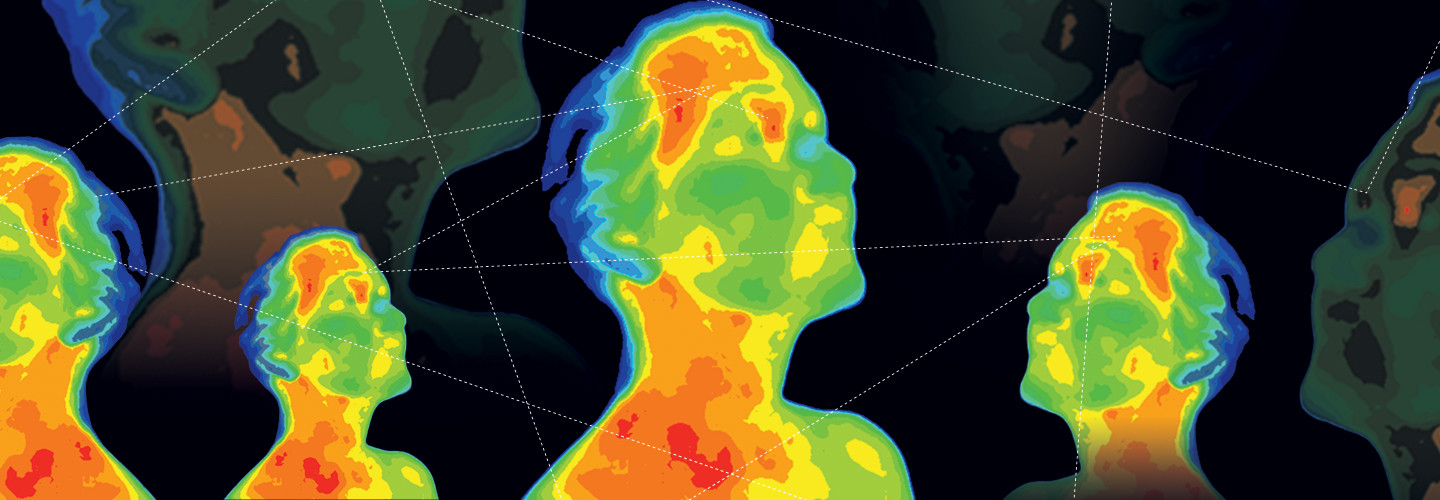The State of Current Infrared Sensors On the Market
“Vendors and manufacturers have flooded the market with temperature-screening technologies in the past few months,” says security expert Rachelle Loyear, vice president of integrated security solutions for G4S. These technologies, she says, typically fall into three broad categories.
There are handheld or manual devices, which are typically just standard infrared thermometers available at drugstores. In a post-secondary environment, these could be used by staff “to measure the temperature of a single person walking in a predesignated screening area,” Loyear says.
Another category, movable technology, often forms part of a station, she continues. “These smaller, camera-based systems will automatically measure the temperature of a single person walking in a predesignated
primary screening area and facing the camera directly.”
Finally, you have integrated options, such as infrared drones, which are fully automated “and can be more permanently and fully installed on the building network,” says Loyear.
LEARN MORE: Consider these factors when choosing fever detection tech.
Exploring the Future Potential of Infrared
While handheld devices offer the lowest bar to entry, moveable and integrated solutions generally provide greater value over time as part of larger data collection and analysis efforts. The jury is still out, however, about the accuracy and feasibility of using infrared drones on larger groups.
Research has shown infrared drones vary in accuracy by as much as plus or minus 5 degrees Celsius. With the FDA recommending a gap no wider than 0.5 degrees Celsius, that’s far too significant a discrepancy to gauge human fevers, let alone any illness they might indicate. Meanwhile, cities and agencies that previously considered the technology have shied away, citing privacy concerns.
Even so, numerous manufacturers, government agencies and scientists continue to explore the technology’s potential, with new products emerging on a regular basis. “We’re going to see this deployed on scale across the United States in a couple of months,” Cameron Chell, CEO of Canadian drone manufacturer Draganfly, said during a videoconference with reporters in May. “We need solutions," Chell said during the meeting. “People need to get back to work.










